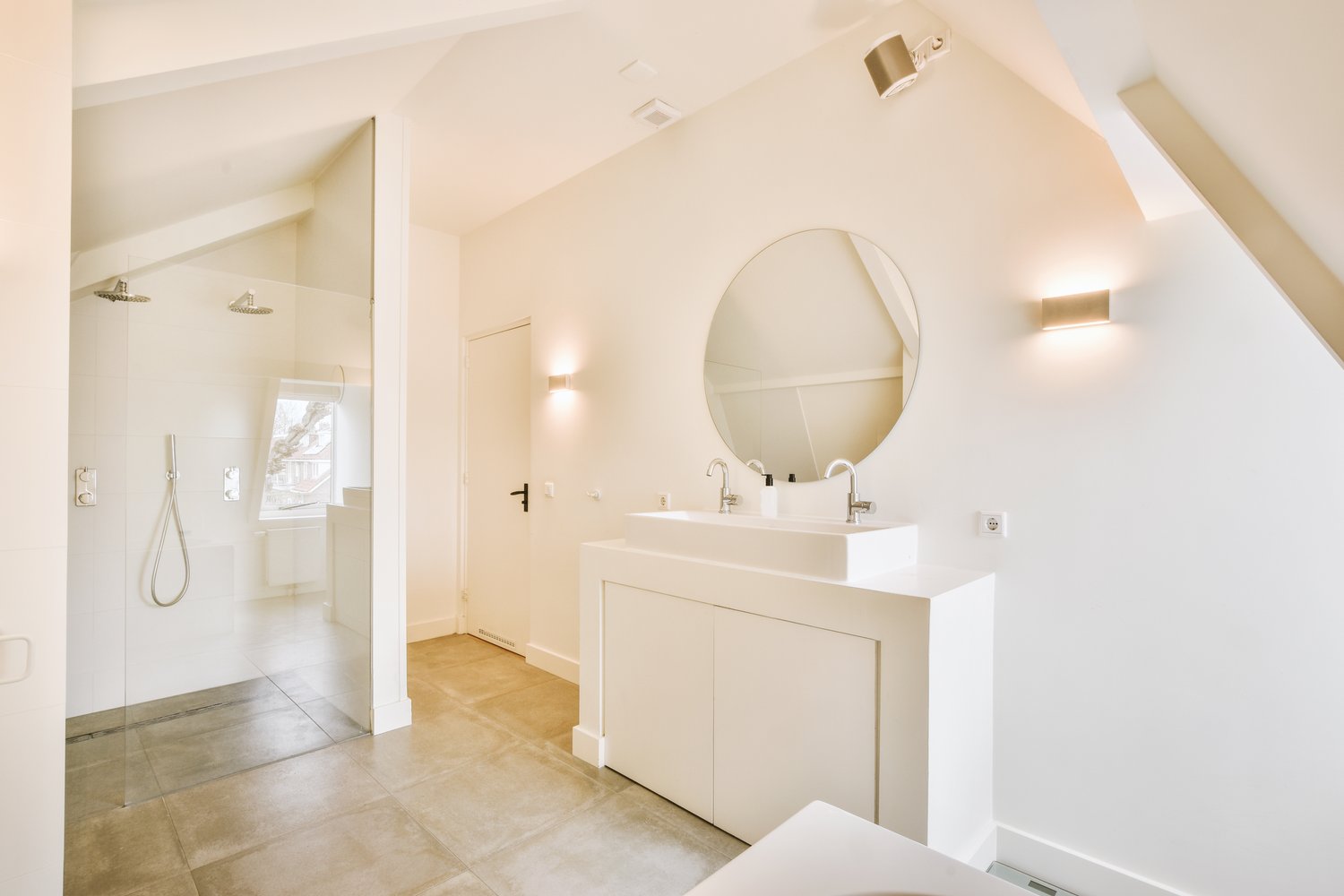Minimalist living has emerged as more than just a design aesthetic—it’s become a purposeful lifestyle choice for those seeking clarity and peace in an increasingly complex world. This approach to life centers on the principle that by owning less and simplifying your home environment, you create space for what truly matters. In this article, we’ll explore how embracing minimalism can transform your living spaces, reduce stress, and help you build a more intentional relationship with your possessions. From practical decluttering strategies to the profound benefits of minimalism, these insights will guide you toward a lighter, more deliberate way of living.
Understanding Minimalist Living
Minimalist living isn’t about living with nothing—it’s about living with intention. At its core, this philosophy encourages us to question our relationship with material possessions and to keep only what serves a purpose or brings genuine joy. The concept gained momentum as people began recognizing the emotional and mental burden that comes with excessive consumption and clutter. While often associated with stark white rooms and sparse furnishings, authentic minimalism is deeply personal. It doesn’t demand a specific aesthetic but rather invites you to define what “enough” means for your unique circumstances and values. This approach to life extends beyond mere decluttering to become a mindful practice that touches all aspects of daily existence.
The Benefits of Minimalism
The advantages of embracing minimalist principles extend far beyond a tidy home. Perhaps the most immediate benefit of minimalism is reduced stress. When your environment contains fewer items demanding attention, your mind experiences less visual and cognitive overwhelm. Financial freedom often follows as spending habits shift from impulse purchases to thoughtful acquisitions. Many who simplify their homes report improved focus and productivity—with fewer distractions, the mind can settle on important tasks more easily. Environmental impact represents another significant benefit of minimalism; consuming less means fewer resources used and less waste produced. Most profoundly, many practitioners discover enhanced well-being as they create space for experiences rather than things, often reporting deeper relationships and greater life satisfaction.
How to Declutter for Minimalism
Beginning your journey toward minimalism requires a systematic approach to decluttering. Start small by focusing on a single drawer or closet rather than attempting to transform your entire home at once. As you examine each item, ask yourself whether it serves a practical purpose or generates genuine joy—this simple test, popularized by Marie Kondo, provides a reliable framework for decision-making. Create three distinct categories: keep, donate/sell, and discard. Be honest about items you’ve held onto “just in case” or for sentimental reasons that no longer resonate. The process requires patience and sometimes emotional labor, especially when confronting possessions tied to identity or past experiences. Remember that decluttering for minimalism isn’t a one-time event but an ongoing practice of mindful curation.
Designing a Minimalist Home
Creating a minimalist home environment focuses on thoughtful design choices that promote calm and functionality. Begin by establishing a neutral color palette that serves as a serene backdrop—whites, creams, and soft earth tones work well for this purpose. Furniture selection becomes crucial; choose pieces that serve multiple functions when possible and feature clean lines without unnecessary ornamentation. Storage solutions should be intentional and hidden, keeping essential items accessible but not visible. As recommended by interior design professionals at AskHomey, focus on quality over quantity when selecting the items that will remain in your home. Allow negative space to exist without feeling compelled to fill it—these empty areas give the eye places to rest and contribute significantly to the peaceful atmosphere that makes minimalist homes so appealing.
Maintaining a Simplified Life
Sustaining minimalist living requires developing new habits that prevent the gradual accumulation of clutter. Implement a thoughtful purchasing protocol—before buying anything new, wait 24-48 hours and consider whether the item truly adds value to your life. Adopt the “one in, one out” rule where acquiring something new means releasing something you already own. Regular maintenance sessions, perhaps weekly or monthly, help identify items that have crept in unnecessarily. Digital minimalism deserves attention too; declutter your digital spaces by organizing files, unsubscribing from email lists, and being selective about apps and social media. This holistic approach ensures that simplifying your home extends to simplifying your entire life, creating sustainable change rather than temporary tidiness.
Minimalism with Family and Children
Practicing minimalism in households with children presents unique challenges but offers extraordinary benefits. Begin by involving family members in the process—even young children can participate in age-appropriate discussions about which toys truly matter to them. Focus on quality over quantity in children’s possessions, selecting versatile toys that encourage creativity and engagement. Create simple systems that make maintenance manageable for everyone, such as designated spaces for belongings and regular reset routines. Teaching children about the benefits of minimalism early helps them develop healthy relationships with material goods and appreciate experiences over possessions. Remember that family minimalism looks different from the Instagram-perfect versions often portrayed online—it’s about finding the right balance for your unique family dynamics.
For more tips and to connect with reliable home service professionals, follow AskHomey on Facebook and Instagram.



